View all Standards for British Columbia (2018)
Reflect on dramatic experiences and how they relate to a specific place, time, and context
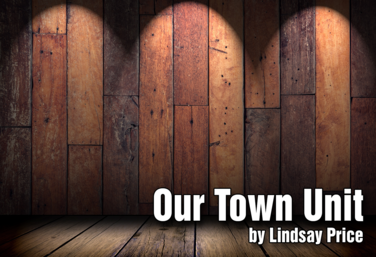
Our Town Unit
by Lindsay Price
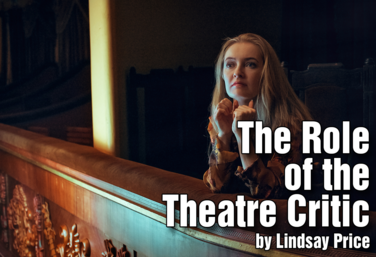
The Role of the Theatre Critic
by Lindsay Price
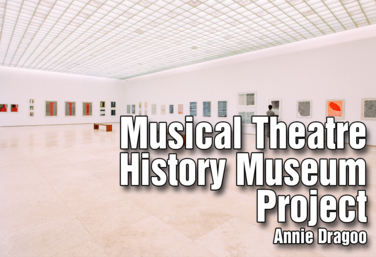
Musical Theatre History Museum Project
by Annie Dragoo
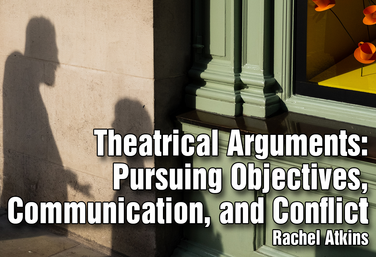.png)
Theatrical Arguments: Pursuing Objectives, Communication, and Conflict
by Rachel Atkins
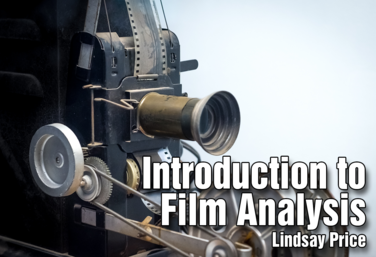
Introduction to Film Analysis: Mise en scène
by Lindsay Price
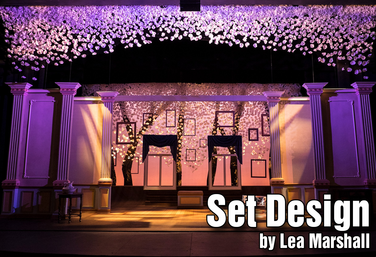
Introduction to Set Design *Hyperdoc
by Lea Marshall
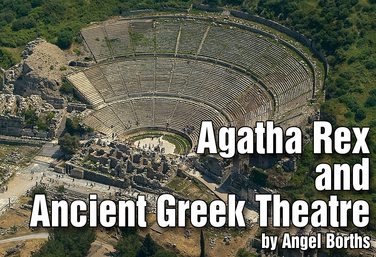
Agatha Rex and Ancient Greek Theatre
by Angel Borths
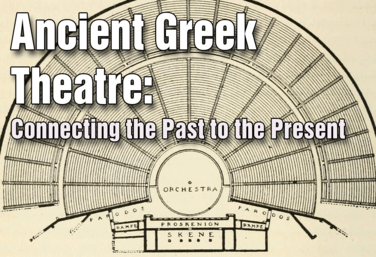
Ancient Greek Theatre
by Lindsay Price
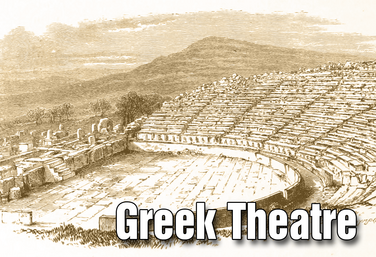
Part of the Drama One Curriculum
Ancient Greek Theatre
by Karen Loftus

Part of the Drama One Curriculum
Commedia Dell'Arte
by Karen Loftus
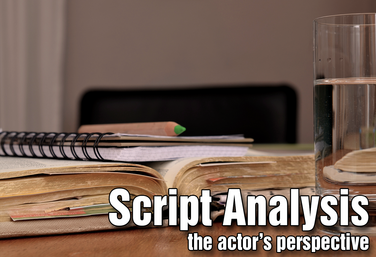
Part of the Drama One Curriculum
Script Analysis: The Actor's Perspective
by Karen Loftus
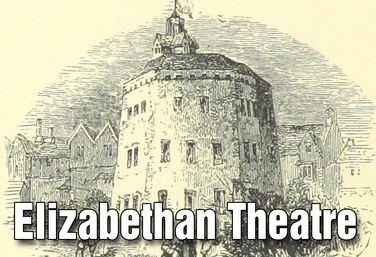
Part of the Drama One Curriculum
Elizabethan Theatre
by Karen Loftus
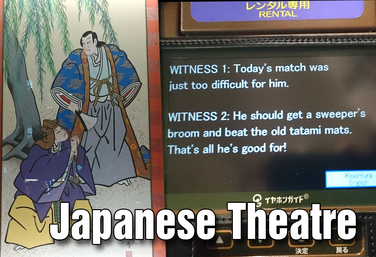
Part of the Drama One Curriculum
Japanese Theatre
by Karen Loftus
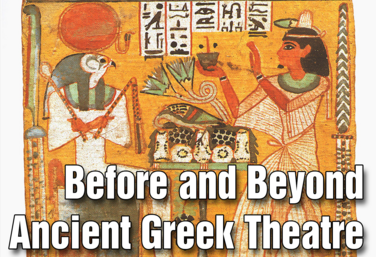
Part of the Theatre History Curriculum
Unit 1: Before and Beyond Ancient Greek Theatre
by Drama Teacher Academy
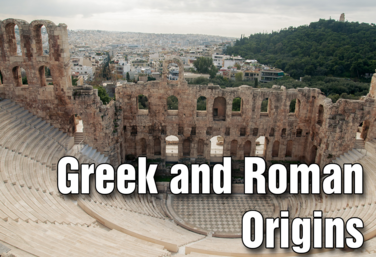
Part of the Theatre History Curriculum
Unit 2: Greek & Roman Origins
by Drama Teacher Academy
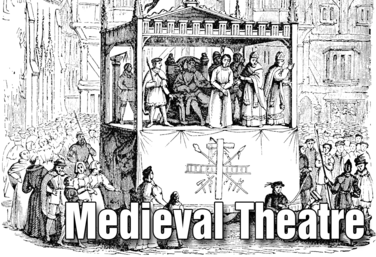
Part of the Theatre History Curriculum
Unit 3: Medieval Theatre
by Drama Teacher Academy
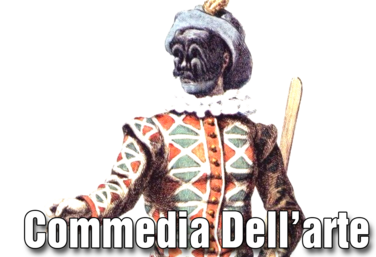
Part of the Theatre History Curriculum
Unit 4: Commedia Dell'Arte
by Drama Teacher Academy
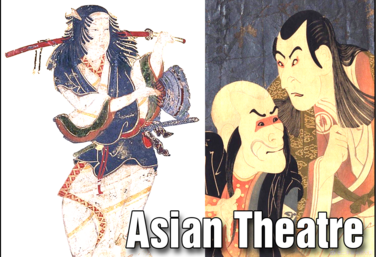
Part of the Theatre History Curriculum
Unit 5: Asian Theatre
by Drama Teacher Academy
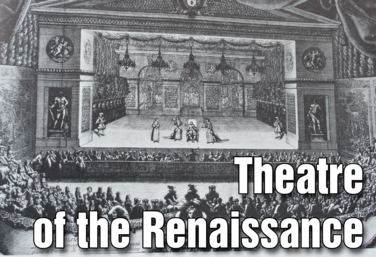
Part of the Theatre History Curriculum
Unit 6: Theatre of the Renaissance
by Drama Teacher Academy
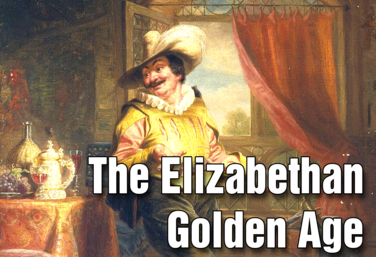
Part of the Theatre History Curriculum
Unit 7: The Elizabethan Golden Age
by Drama Teacher Academy
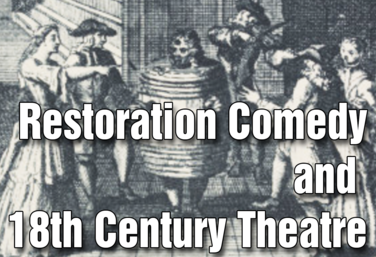
Part of the Theatre History Curriculum
Unit 8: Restoration Comedy & 18th Century Theatre
by Drama Teacher Academy
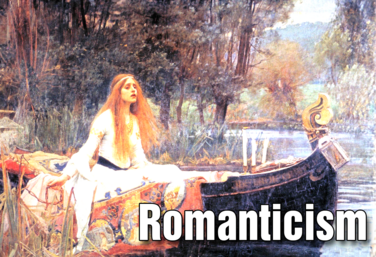
Part of the Theatre History Curriculum
Unit 9: Romanticism
by Drama Teacher Academy
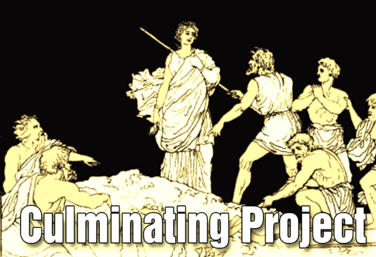
Part of the Theatre History Curriculum
Culminating Project
by Drama Teacher Academy
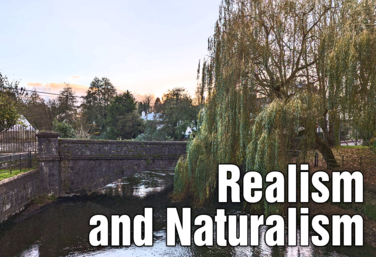.png)
Realism and Naturalism
by Drama Teacher Academy
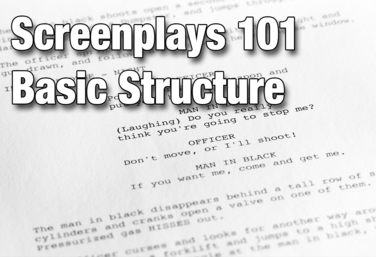
Screenplays 101: Basic Structure Unit
by Nicholas Pappas
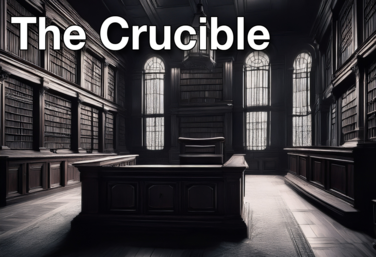
The Crucible Unit
by Lindsay Price
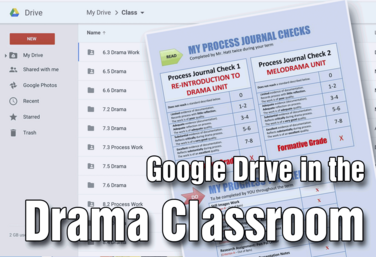
Google Drive in the Drama Classroom
by Josh Hatt
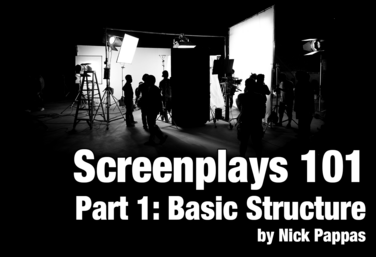
Screenplays 101 - Part 1: Basic Structure
by Nicholas Pappas
View all Standards for British Columbia (2018) Standards Master List